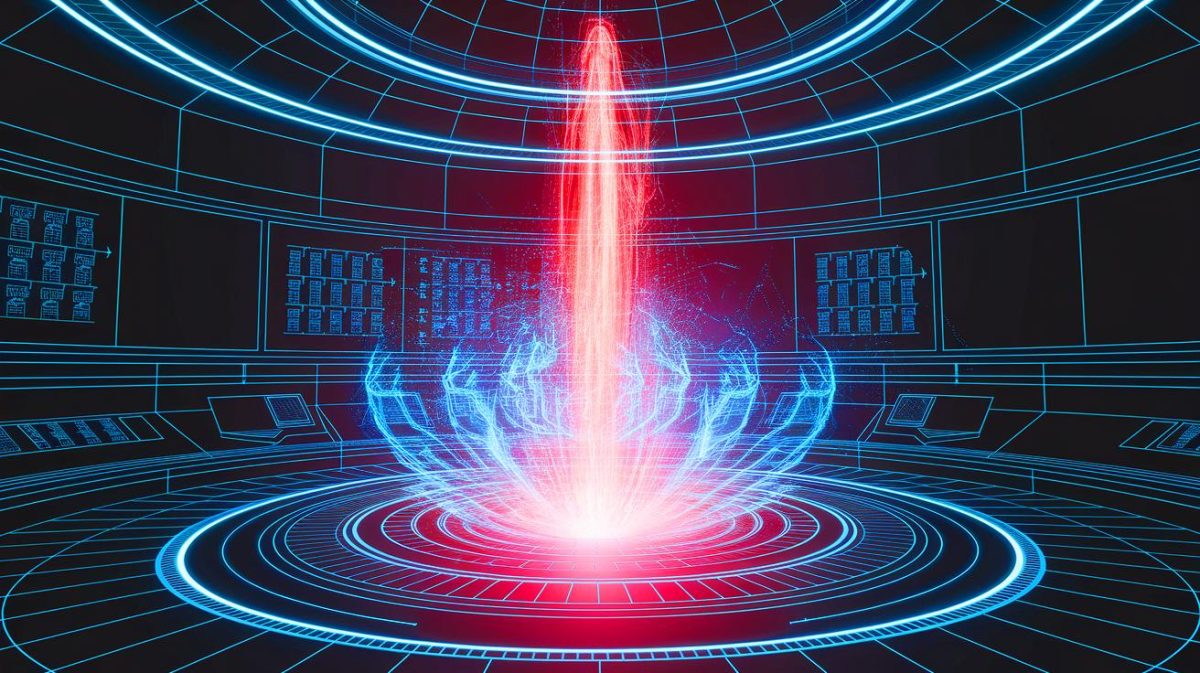| IN A NUTSHELL |
|
In a groundbreaking development, South Korea has taken a significant leap forward in the realm of nuclear fusion technology. By leveraging the power of artificial intelligence, researchers have unveiled a revolutionary model that accelerates plasma calculations essential for fusion by a staggering 1000 times compared to traditional methods. This advancement not only positions South Korea as a leader in the energy sector but also brings humanity one step closer to achieving the elusive goal of sustainable nuclear fusion power. The implications of this technology could be far-reaching, potentially transforming global energy landscapes and addressing pressing environmental concerns.
South Korea’s Unveiling of a 1000X Faster Calculation Model
The nuclear engineering department at UNIST in South Korea has introduced an innovative AI-based approach to enhance plasma state predictions in nuclear fusion reactors. Known as FPL-net, this model employs Fokker–Planck–Landau collision operators to forecast interactions between charged particles. These interactions are crucial for maintaining the high-temperature plasma environment akin to the sun’s core. By dramatically improving the speed and accuracy of these predictions, South Korea is setting a new benchmark in nuclear fusion technology.
The breakthrough is expected to significantly impact the development and management of nuclear fusion reactors, making it possible to simulate and control plasma conditions with unprecedented precision. This advancement places South Korea at the forefront of a global race to harness fusion energy, a potential game-changer in the quest for clean, limitless power.
The Role of Digital Twins in Fusion Technology
At the heart of this technological leap is the concept of digital twins, which are virtual replicas of physical systems that simulate real-time behavior. In the context of nuclear fusion, digital twins can replicate the conditions within a fusion reactor, allowing for detailed analysis and experimentation without the risks associated with real-world trials. This approach relies heavily on data from sensors and advanced algorithms to ensure accuracy and reflect the current state of the physical counterpart.
By integrating AI and machine learning, digital twins enhance decision-making processes and optimize performance. The ability to model complex systems accurately in a virtual environment is revolutionizing how scientists approach fusion research, offering insights that were previously unattainable.
Enhanced Precision and Rigorous Validation of FPL-net
The FPL-net model solves the Fokker–Planck–Landau equation in a single step, showcasing extraordinary precision with minimal error margins. This precision has been validated through thermal equilibrium simulations, which confirmed that maintaining thermal equilibrium is impossible if errors accumulate during continuous simulations. The study highlights that FPL-net is a fully optimized neural network, trained on a diverse dataset representing various plasma conditions on a two-dimensional speed grid.
This remarkable accuracy not only improves our understanding of plasma dynamics but also ensures that fusion reactors can be operated safely and efficiently. By minimizing errors, researchers can guarantee that simulations closely align with real-world conditions, paving the way for more reliable and effective fusion energy solutions.
Future Challenges and Potential of the FPL-net Model
While the current study focuses on plasma, researchers acknowledge the need for further investigation to extend the model’s applications to more complex environments with various impurities. They also note that FPL-net has demonstrated complete temperature relaxation, a first for a deep learning-based FPL collision operator. The potential to apply this model to a broader range of scenarios could unlock new possibilities in fusion research.
As the pursuit of fusion energy continues, the FPL-net model represents a significant milestone. The ability to predict and manipulate plasma conditions with such precision and speed could accelerate the development of viable fusion reactors, bringing the dream of sustainable fusion power closer to reality. However, continued research and collaboration are essential to fully realize this potential and overcome the technical challenges that remain.
Current Major Nuclear Fusion Research Projects
Several key projects are currently at the forefront of nuclear fusion research, each contributing to the global effort to achieve sustainable fusion energy:
- ITER (International Thermonuclear Experimental Reactor): Located in Saint-Paul-lès-Durance, France, ITER is an international project aimed at demonstrating the feasibility of fusion as a power source. It involves 35 countries and intends to produce 500 MW of power. Despite delays, it is expected to become operational by 2034.
- Sparc (Commonwealth Fusion Systems): Based in the U.S., Sparc aims to build a compact yet near-commercial fusion reactor. Expected to be operational by the end of 2025, it could achieve a power output of 140 MW.
- Tokamak West (CEA, France): While not intended for large-scale energy production, this tokamak recently set a world record by maintaining plasma for over 22 minutes, playing a critical role in fusion research.
- JET (Joint European Torus): Located in the UK, JET has already demonstrated fusion power production, albeit for short periods, and remains a vital tool for pre-ITER research.
In conclusion, South Korea’s advancements in nuclear fusion technology, particularly through the FPL-net model, signify a monumental step towards achieving sustainable energy. By drastically improving the speed and accuracy of plasma calculations, South Korea has set a new standard for fusion research worldwide. As the global energy landscape evolves, will other nations keep pace with these developments, or will South Korea’s pioneering approach lead the way to a future powered by fusion?
Did you like it? 4.6/5 (29)






Wow, a 1000x improvement?! South Korea is really bringing the heat! 🔥
How does this FPL-net model work exactly?
Can someone explain to me what a “digital twin” is? Sounds like something from a sci-fi movie. 🤔
It’s amazing to see AI being used in such innovative ways. Hats off to the researchers! 🎓
What are the potential environmental impacts if fusion energy becomes mainstream?
Will this new tech make energy cheaper for consumers in the long run?